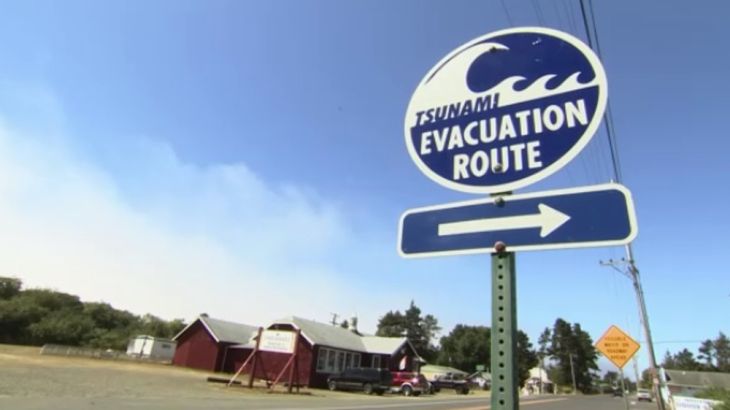
The Big Quake
We investigate what could be the next most powerful earthquake and tsunami to ever strike in North America.
The 1,130km stretch of coastline from Vancouver, Canada to Mendocino, California, harbours an underwater threat just over 110km offshore – the seismic fault, Cascadia.
”When
hits the coast, it will probably be somewhere around 30 feet high and when it moves over land, it’s going to move faster than you can run. Usain Bolt won’t be able to outrun it when it first hits the beach.”]
Keep reading
list of 4 itemsHow Taiwan learned from the past to reduce the risk from earthquakes
How is Afghanistan coping six months after deadly quakes?
‘Violent rumble’: 4.8 magnitude earthquake rattles New York City, northeast
Places like Japan, Chile and North America’s Pacific Northwest all fall in what’s known as subduction zones – ie, where one tectonic plate dives under another.
The potential seismic activity from one of these plates ‘popping’ from on top of the other equates to an entire region affected by earthquake symptoms.
The Cascadia Initiative (CI) is a years-long project that has been developed to study the effects of the fault and the two plates responsible for the action: Juan de Fuca and Gorda.
From the data collected, it is confirmed that the Cascadia will only cause large magnitude earthquakes, ranging between every 300 to 500 years.
The last noted eruption of the Cascadia was in the 1700s, making the Pacific Northwest overdue for the next quake.
But alongside the shaking, the movement of the sea floor is also set to generate a tsunami wave that will reach Northwestern shores within minutes of the explosion.
Impact studies are under way at Oregon State University, where civil engineer Daniel Cox utilises a wave laboratory to gauge the effect of different sized tsunamis.
Replicas of towns based on actual layouts of coastal cities that could be affected by a Cascadia-triggered tsunami are used to collect data that is then input into a computer, simulating potential situations and scanning for the worst areas of damage.
The results, even on a small scale, are terrifying, and the fear doesn’t lie only in the force of the tsunami waves, but also in the projectiles that get swept up in it, including vehicles or temporary buildings that could crash and, ultimately, obliterate permanent structures.
With knowledge of the mass panic caused during evacuation due to natural disasters, even this facet of the event has been mapped out by experts at Oregon State. Combining elements of how the water moves onto land and factoring in human behaviour leads to the conclusion that most people are still unaware of how to react should an event of this large scale arise.
How likely is it that there will be a 9.0 magnitude earthquake on the Pacific Northwest within the next 50 years?
“Somewhere within one in seven chance within the next 50 years,” says Daniel Cox. “These odds are way too high for us to accept. There’s too many lives at risk. We have to come up with some better ideas.”